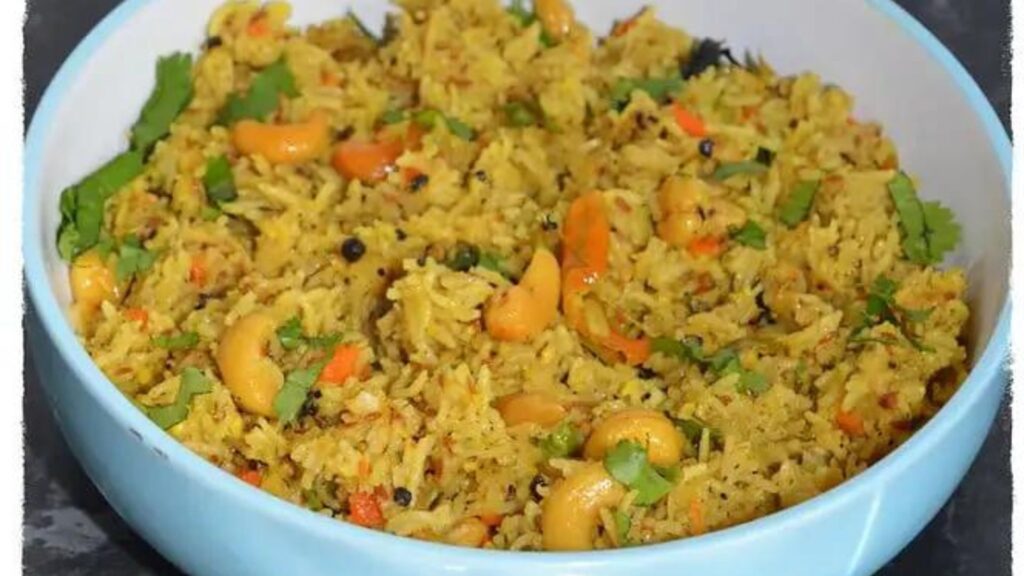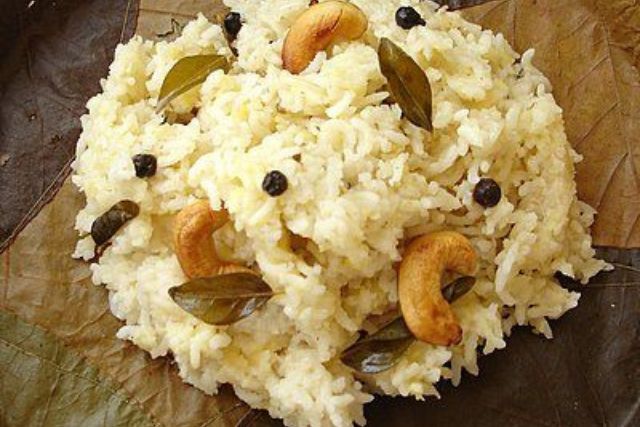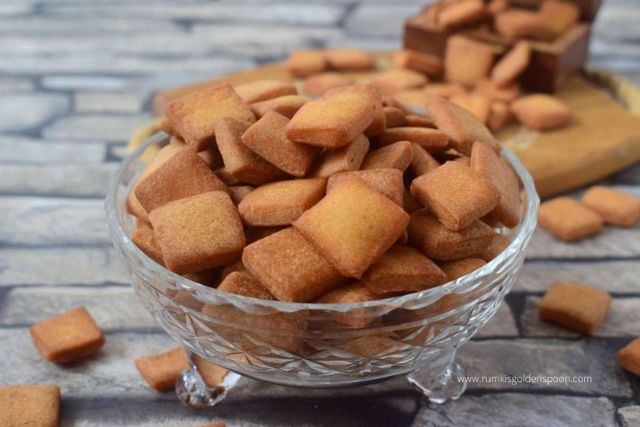Exploring the Pulagam Recipe : Ingredients & Preparation Method
In the vibrant tapestry of South Indian cuisine, Pulagam holds a special place as a wholesome and comforting dish. Originating from Andhra Pradesh, Pulagam is a simple yet flavorful preparation made primarily from rice and lentils, often enjoyed as a staple meal for its nourishing qualities and delightful taste. In this comprehensive guide, we will delve into the origins, ingredients, step-by-step preparation, nutritional benefits, and variations of Pulagam Recipe, ensuring that by the end, you’ll be inspired to recreate this traditional dish in your own kitchen.
Origins and Cultural Significance of Pulagam Recipe
Pulagam, also known as Pulihora Pongali or simply Pongali, is deeply rooted in the culinary traditions of Andhra Pradesh, a state renowned for its rich and diverse food culture. It is a dish that embodies simplicity yet offers a burst of flavors that reflect the region’s culinary heritage. Traditionally, Pulagam Recipe is prepared during festivals, religious ceremonies, and as a wholesome meal for family gatherings, making it an integral part of Andhra cuisine.
Key Ingredients of Rayalaseema Pulagam Recipe
The beauty of Pulagam lies in its humble yet essential ingredients, which come together harmoniously to create a dish that is both satisfying and nutritious. Here are the key ingredients you’ll need to prepare Pulagam Recipe:
- Rice: Typically, raw rice (short-grain or medium-grain) is used for Pulagam. It forms the base of the dish and provides a comforting texture.
- Split Yellow Moong Dal: This lentil adds protein and a creamy texture to Pulagam when cooked with rice. It enhances the nutritional value of the dish and complements the rice perfectly.
- Water: Essential for cooking rice and lentils to achieve the desired consistency of Pulagam. The proportion of water is crucial for achieving the right texture—neither too dry nor too soupy.
- Tempering Ingredients: For flavor and aroma, Pulagam is typically tempered with ingredients like mustard seeds, cumin seeds, curry leaves, dry red chilies, and asafoetida (hing). These tempering ingredients add a depth of flavor to the dish.
- Ghee or Oil: Used for tempering and sautéing the spices, ghee adds richness and enhances the overall taste of Pulagam Recipe.
- Salt: To taste, essential for balancing the flavors of the dish.
Preparation Method of Pulagam Recipe

Now, let’s walk through the step-by-step process of preparing Pulagam Recipe:
Step 1: Washing and Soaking Rice and Lentils
- Rinse the rice and moong dal thoroughly under cold water until the water runs clear.
- Soak them together in water for about 20-30 minutes. This helps in cooking them evenly and reduces the cooking time.
Step 2: Cooking Rice and Lentils
- Drain the soaked rice and dal mixture.
- In a large pot or pressure cooker, add the drained rice and dal along with fresh water. The ratio of rice to water is usually 1:3 for a softer consistency.
- Cook them together until they are soft and well-cooked. If using a pressure cooker, cook for about 3-4 whistles on medium heat.
Step 3: Tempering
- In a separate pan, heat ghee or oil over medium heat.
- Add mustard seeds and let them splutter.
- Add cumin seeds, dry red chilies, curry leaves, and hing (asafoetida). Sauté until the spices become fragrant and the curry leaves turn crispy.
Step 4: Mixing and Seasoning
- Once the rice and dal are cooked, gently mix them together.
- Pour the prepared tempering over the rice and dal mixture, ensuring it is evenly distributed.
- Add salt to taste and mix well.
Step 5: Serving
- Pulagam is typically served hot with a side of pickle or chutney. It can also be enjoyed with yogurt or raita for a complete meal experience.
Variations and Serving Suggestions
While the classic Pulagam recipe is delicious in its own right, there are several variations and serving suggestions you can explore to suit your taste:
- Kara Pongal: Add peppercorns, ginger, and green chilies to the tempering for a spicy variation of Pulagam Recipe.
- Sweet Pongal: Replace salt with jaggery and add a pinch of cardamom powder for a sweet version, perfect for festivals like Sankranti.
- Vegetable Pongal: Include diced vegetables like carrots, beans, and peas along with rice and dal for a nutritious twist.
Health Benefits and Nutritional Value
Pulagam offers a range of health benefits due to its wholesome ingredients:
- Protein: Moong dal provides plant-based protein, essential for muscle repair and growth.
- Fiber: Rice and dal together provide dietary fiber, promoting digestive health and aiding in weight management.
- Vitamins and Minerals: Pulagam contains essential vitamins and minerals from its ingredients, contributing to overall well-being.
Pulagam stands as a testament to the richness of Andhra cuisine, offering both nourishment and flavor in every bite. Whether enjoyed as a festive treat, a comforting meal, or a wholesome dish for family gatherings, Pulagam’s versatility and simplicity make it a beloved choice across generations. By mastering its preparation, exploring its variations, and savoring its delightful flavors, you can embark on a culinary journey that celebrates the cultural heritage of Andhra Pradesh right in your own kitchen. So, gather your ingredients, follow our guide, and treat yourself to a bowl of warm and satisfying Pulagam Recipe – a dish that promises to delight and nourish with every spoonful.
Frequently Asked Questions (FAQs) about Pulagam Recipe
What is Pulagam?
Pulagam is a traditional South Indian dish, particularly popular in Andhra Pradesh. It is a simple yet flavorful preparation made from rice and split yellow moong dal (lentils), often seasoned with a tempering of spices like mustard seeds, cumin seeds, curry leaves, dry red chilies, and garnished with ghee or oil. Pulagam is known for its creamy texture and comforting taste, making it a staple in many households for everyday meals and festive occasions.
How do you make Pulagam?
Here’s a basic recipe for making Pulagam:
1) Wash and soak rice and split yellow moong dal together for about 20-30 minutes.
2) Cook the soaked rice and dal in water until soft and well-cooked. This can be done in a pot or pressure cooker.
3) In a separate pan, prepare a tempering (tadka) with ghee or oil, mustard seeds, cumin seeds, curry leaves, dry red chilies, and optionally asafoetida (hing).
4) Mix the cooked rice and dal with the prepared tempering, add salt to taste, and stir well.
5) Serve hot with a side of pickle or chutney.
What are the variations of Pulagam?
Pulagam Recipe can be prepared with variations to suit different tastes and occasions:
1) Kara Pongal: Spicy version with added peppercorns, ginger, and green chilies in the tempering.
2) Sweet Pongal: Sweetened with jaggery or sugar, and flavored with cardamom, popular during festivals like Sankranti.
3) Vegetable Pongal: Includes diced vegetables such as carrots, beans, and peas along with rice and dal for added nutrition and flavor.
Is Pulagam healthy?
Yes, Pulagam is considered a healthy dish due to its nutritious ingredients. It provides a good balance of carbohydrates from rice, protein from moong dal, and essential vitamins and minerals from spices. It is also relatively low in fat when prepared with minimal oil or ghee, making it suitable for a balanced diet.
Can Pulagam be made vegan?
Yes, Pulagam can be easily adapted to be vegan-friendly by using vegetable oil instead of ghee and ensuring that all ingredients, including spices and condiments, are plant-based. It retains its authentic flavors and nutritional benefits while catering to vegan dietary preferences.






